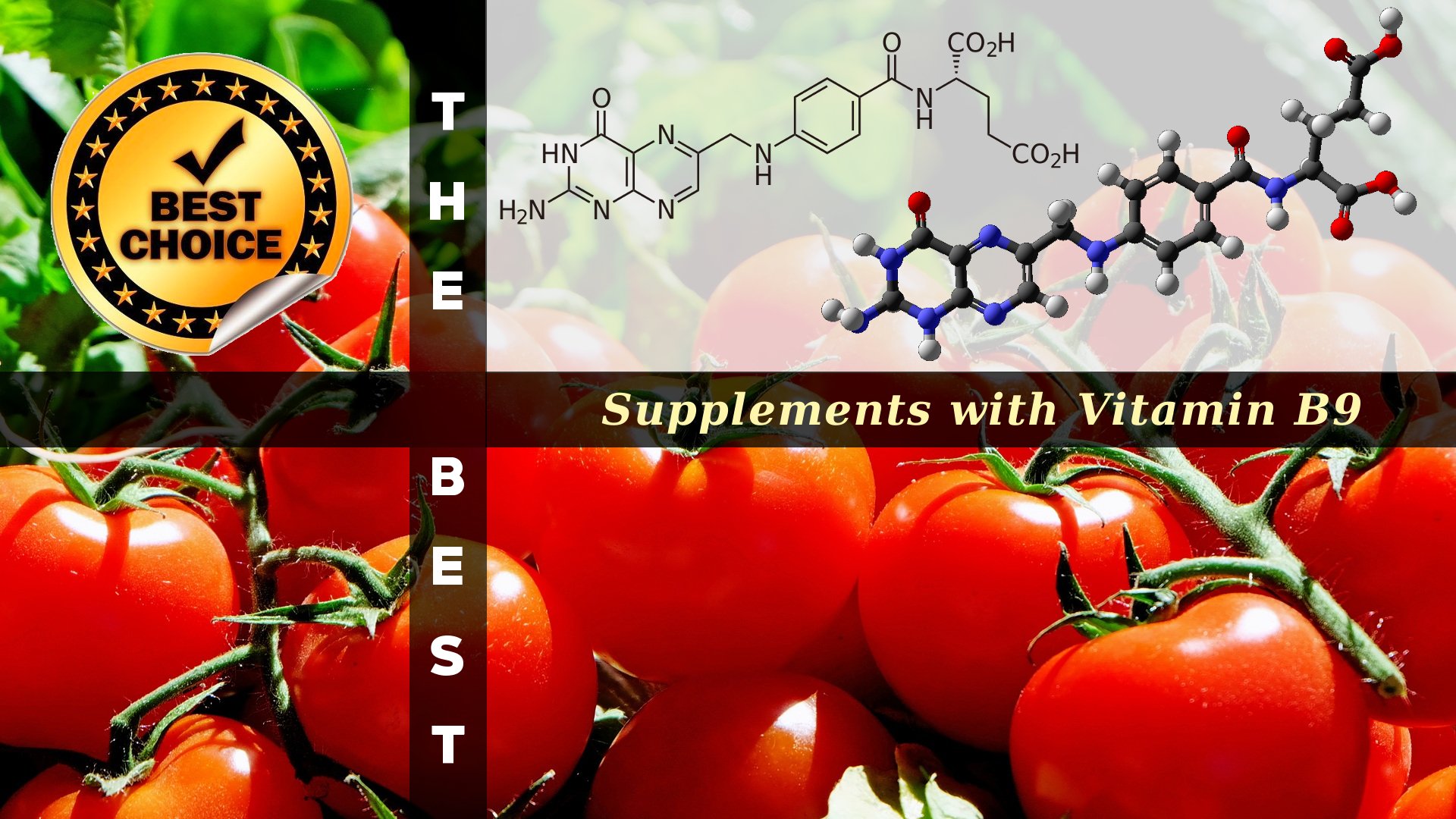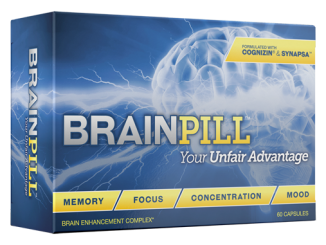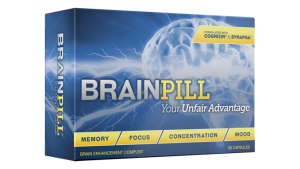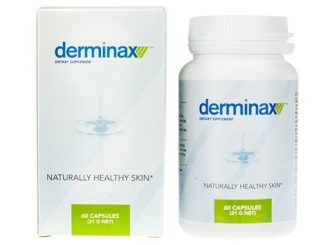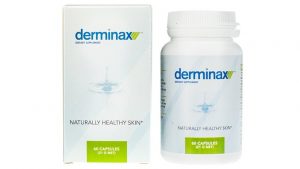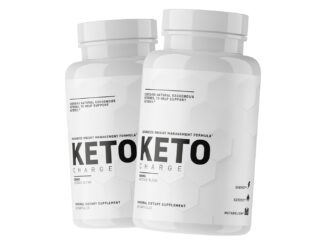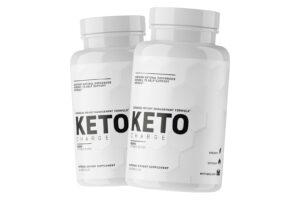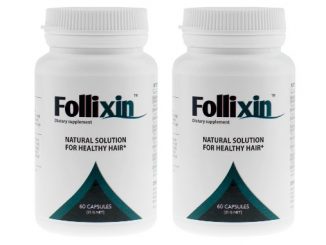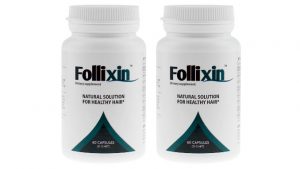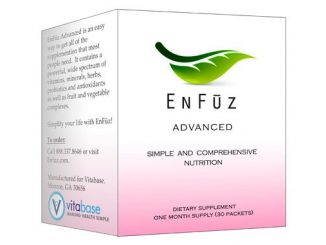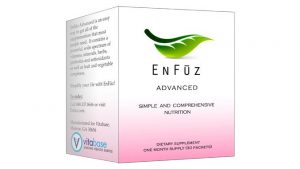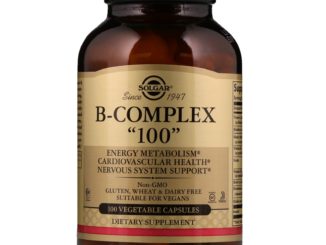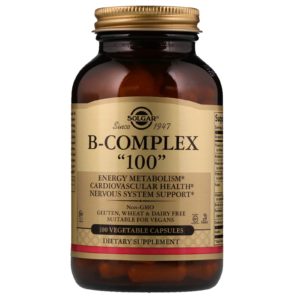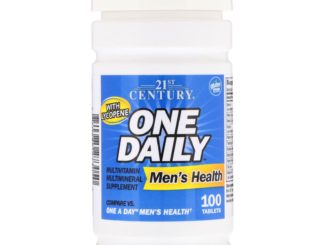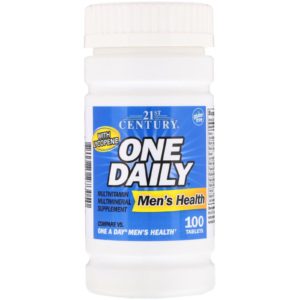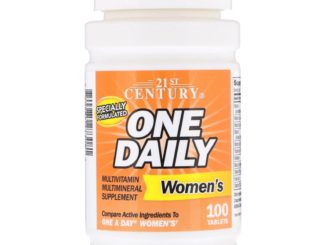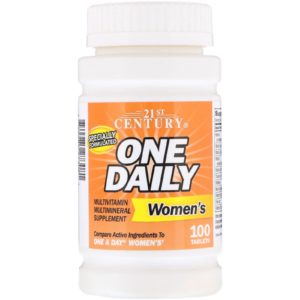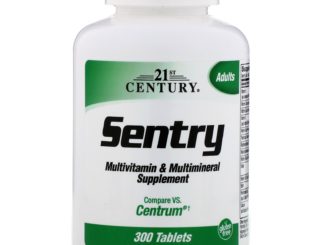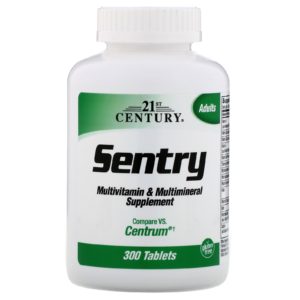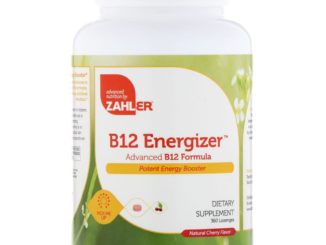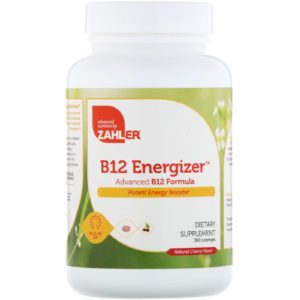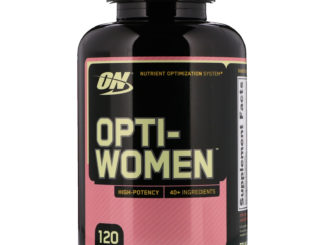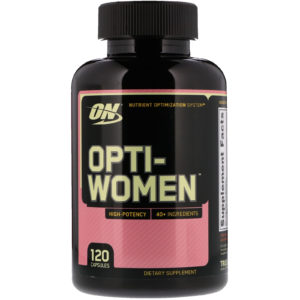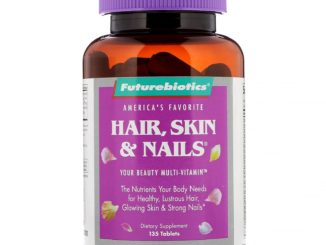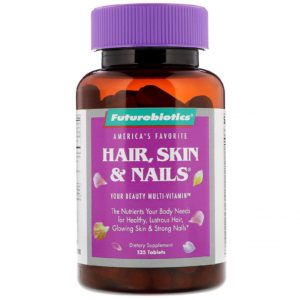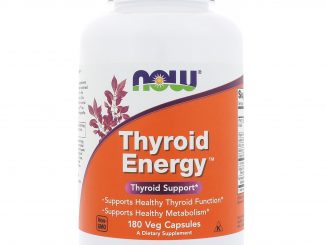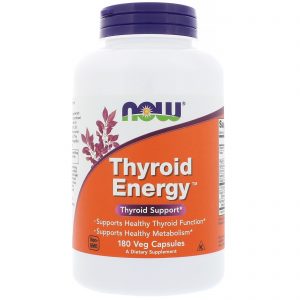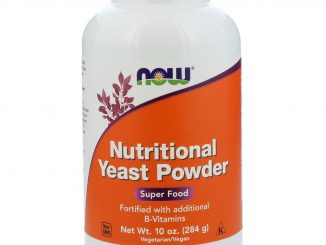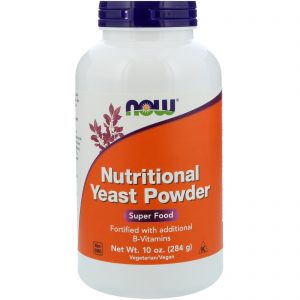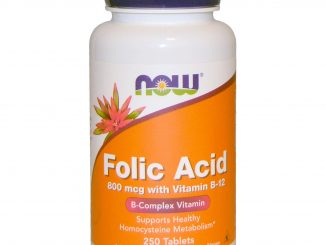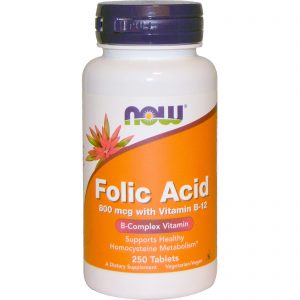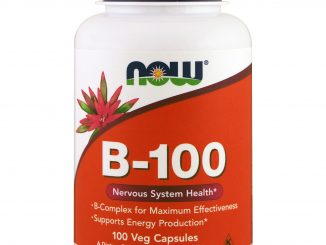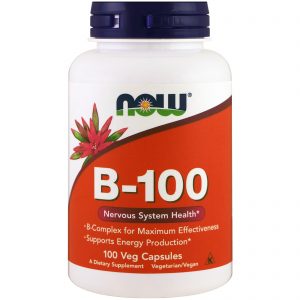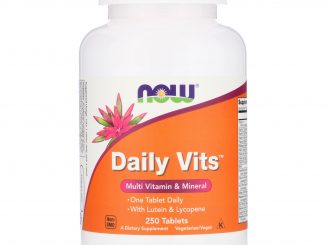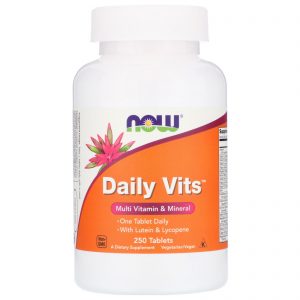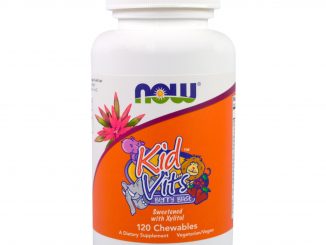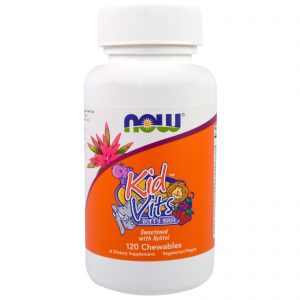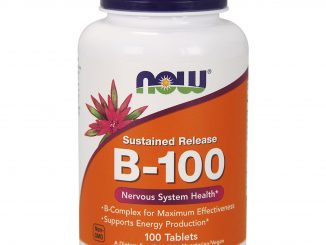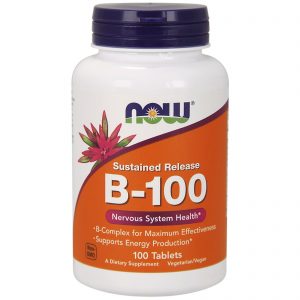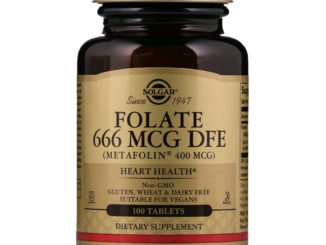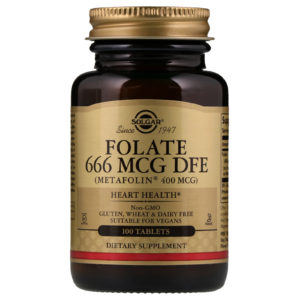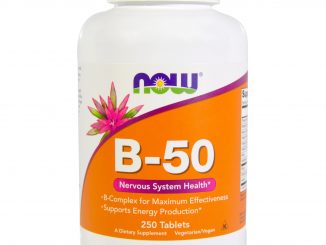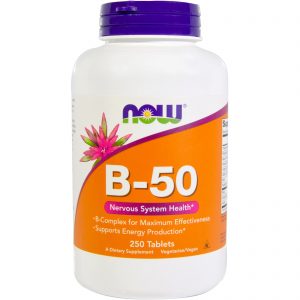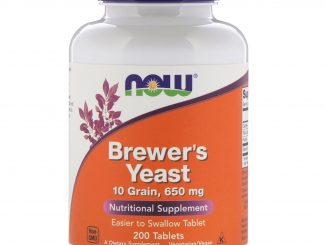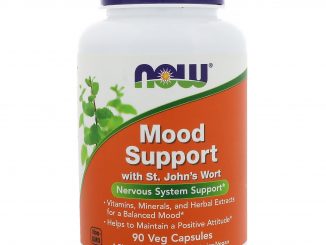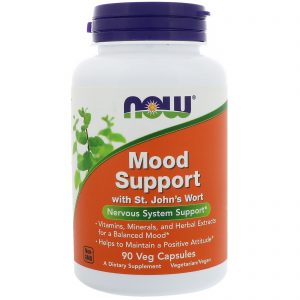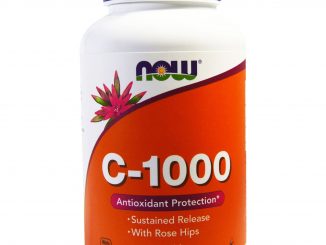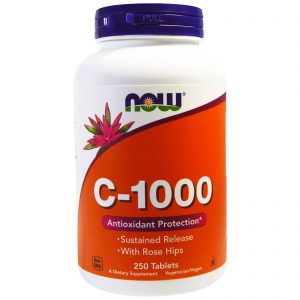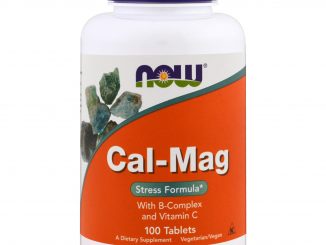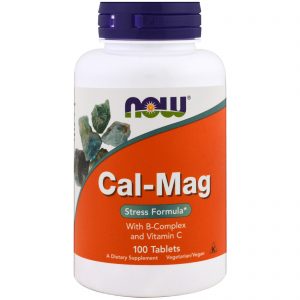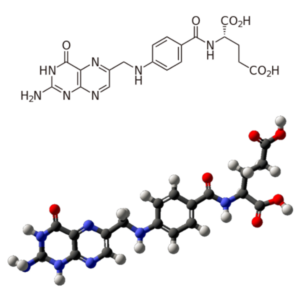The properties of Vitamin B9
Folate is another water-soluble B vitamin and includes naturally occurring food folate and folic acid (fully oxidized monoglutamate). Folate is a coenzyme in the synthesis of nucleic acids and in amino acid metabolism. It exists in the plasma as 5-methyl-tetrahydrofolate, while about half of the total body content exists in the liver. The recommended dietary allowance of food folate is 400 mcg daily for adults, which is supported by required fortification of some foods in the USA. The tolerable upper intake level of folate is 1000 mcg. While most people in the USA ingest adequate amounts of folate, certain groups are at risk for deficiency (usually in association with poor diet, alcoholism, or a malabsorptive disorder). Folate deficiency can cause hair, skin, and nail changes(1173).
Your body uses folic acid to help make DNA and RNA and works with vitamin B12 to make red blood cells and use iron throughout the body. It’s nothing short of poetry for your brain – evidence suggests B vitamins like folic acid may have slower cognitive decline than other folks.
Recommended Daily Allowance
Vitamin B9 – Recommended Daily Allowance: 400 (µg).
Symptoms of Deficiency
Megaloblastic anaemia, peripheral neuropathy, spinal cord lesions, metabolic abnormalities.
Brain Specific Symptoms of Deficiency
Affective disorders, behaviour changes, psychosis, cognitive impairment/decline, dementia (inc Alzheimer’s disease and vascular dementia).
Specific Risk Factors for Deficiency
Common genetic polymorphisms (inc. MTHFR C667T) Low Riboflavin and B12.
Dietary Sources
Good Dietary Sources of Vitamin B9:
- leafy vegetables,
- legumes,
- citrus fruits.


























































